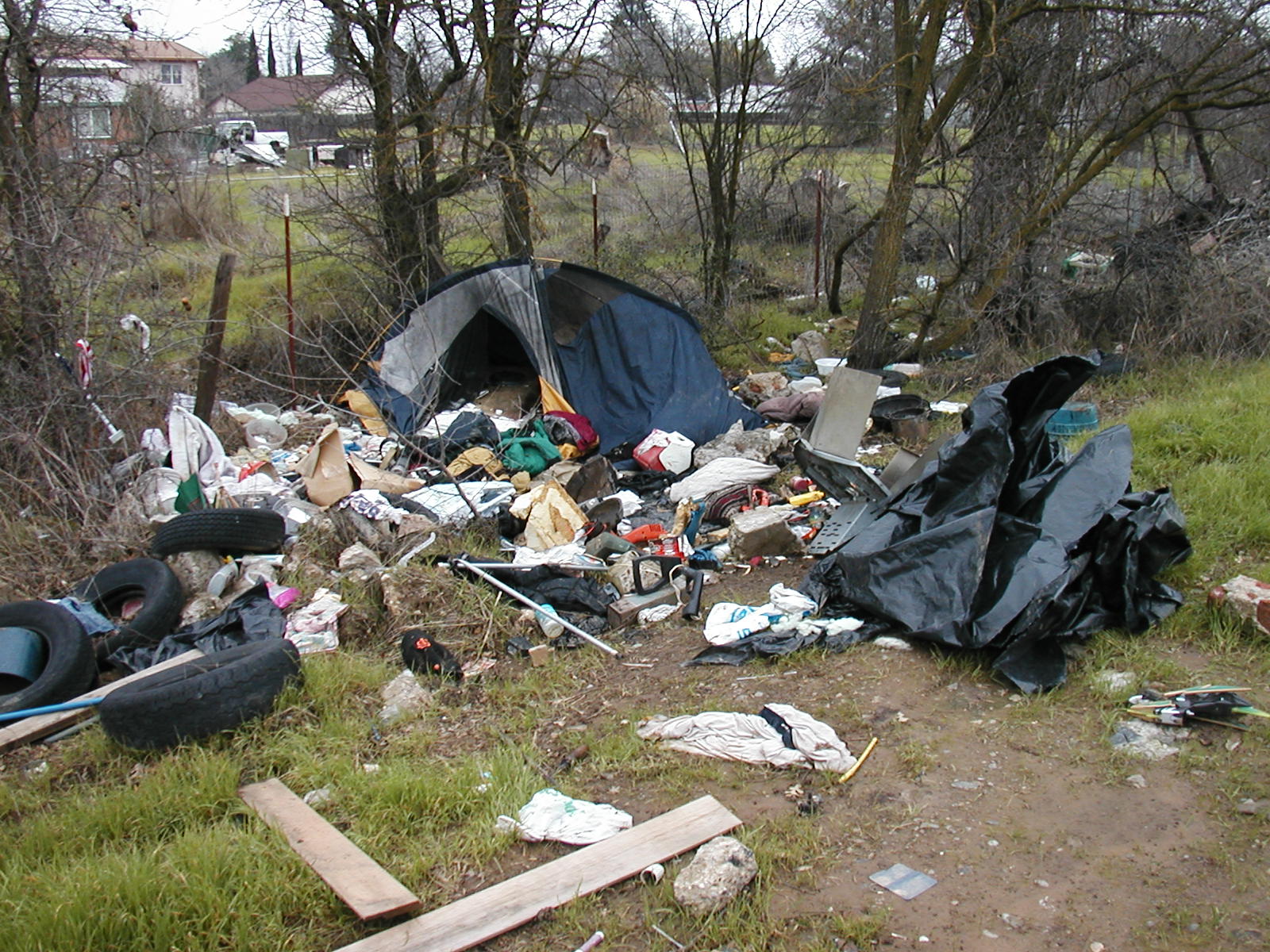For years, PRI’s scholars have been watchdogs for how state government is spending billions of tax dollars on programs aimed at alleviating the state’s homeless problem.
In their recent report, PRI’s Kerry Jackson and Wayne Winegarden analyzed the effectiveness of Project Homekey, the state’s primary program to fund the conversion of unused motels and hotels into housing for the homeless. According to the two authors, “California has spent billions on Project Homekey, yet PRI’s report shows that California’s homeless problem is worse than ever before.”
As noted in PRI’s research, troubling indicators include the fact that the preliminary point-in-time homeless counts for most California counties show total homeless populations growing in most California counties despite the billions spent on Project Homekey, and so-called “affordable housing” projects built with Project Homekey funds costing upwards of $1 million per unit to build.
“Armed with this latest analysis, lawmakers should ask tough questions about why the state is continuing to throw billions at a program that isn’t getting the job done,” Jackson and Winegarden wrote.
Lawmakers are finally starting to take PRI’s advice.
At a recent hearing of the Assembly Human Services Committee, the California Interagency Council on Homelessness – the state entity tasked by Newsom to devise and implement its anti-homeless policies – released a report detailing its efforts and how state funds are being spent.
According to the report, the state spent $9.6 billion on government anti-homeless programs between the 2018-19 and 2020-21 fiscal years. More than half – $5.5 billion – was spent on programs “targeted at expanding the supply of affordable housing including units dedicated to people experiencing homelessness.”
Funding came from a mix of state funds, voter-approved state bond funds, and federal dollars. The Los Angeles region received about $3 billion in funds; the San Francisco, San Jose, Oakland, and San Diego areas received between $500 million and $700 million each.
State officials estimate that over the three year period, roughly 571,000 people “were enrolled in homelessness services, shelter, and housing programs” funded by these dollars.
But the question remains – why is California not seeing results despite spending so much on government anti-homelessness programs?
Democrats and Republicans are starting to demand more accountability over how these dollars are being spent.
Assemblyman Joe Patterson, R-Rocklin, has introduced Assembly Bill 284 to require state housing officials to send to lawmakers an annual evaluation of the state’s Homeless Housing, Assistance, and Prevention program.
Democratic Assemblywoman Luz Rivas has introduced Assembly Bill 799, dubbed the “Homeless Accountability Act,” which would tie state homeless funding to programs that deliver results and provide additional transparency for how dollars are spent.
“it’s very frustrating for the general public when they hear that in the state, we’re spending billions – and that’s billions with a B – of dollars on homelessness and housing, and yet they don’t feel that they’re seeing enough of an impact in their communities,” Assemblywoman Laura Friedman, D-Burbank, told Capitol Public Radio.
Of course, it doesn’t really take a state hearing or tough questions from lawmakers to understand why.
If lawmakers read No Way Home, PRI’s book on California’s homeless crisis, they’d know that private charities do a far more effective and efficient job meeting the unique needs of the homeless population and helping to get them off the streets than any government program, no matter how well-intentioned.
Tim Anaya is the Pacific Research Institute’s vice president of marketing and communications.

